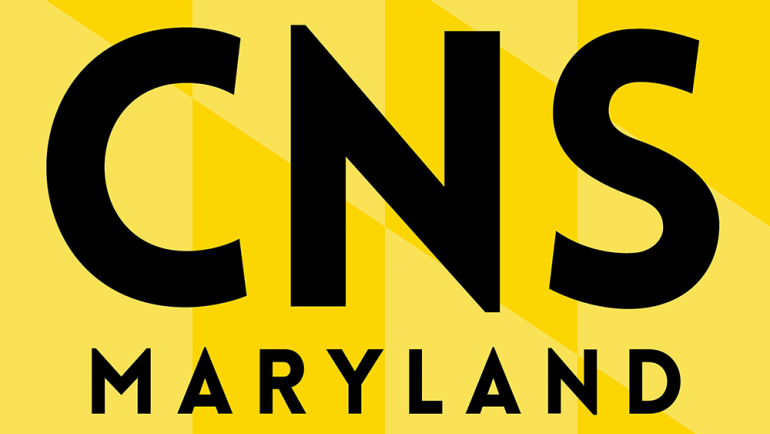ANNAPOLIS – In what has come to be known as the annual “begathon,” local officials trooped before a packed hearing of the Board of Public Works Wednesday to plead for more money for school projects.
Local government representatives were joined by their state legislators as they requested around $270 million for the funding of projects ranging from entirely new buildings to replacement windows or boilers.
Maryland’s 23 counties and Baltimore City are competing for the $70 million the Board of Public Works is anticipating it can give schools in May after the Legislature passes the capital budget.
This year, the “begathon” had some especially noteworthy beggars: Democratic gubernatorial candidates Martin O’Malley, mayor of Baltimore, and Montgomery County Executive Doug Duncan appealed to Republican Gov. Robert L. Ehrlich, Jr., who chairs the three-member board. Comptroller William D. Schaefer and Treasurer Nancy K. Kopp are the other two members.
Education has already emerged as a major issue in this year’s campaign, as the candidates have recently made pledges to boost funding for education in Maryland.
Ehrlich was polite but formal when O’Malley praised Baltimore’s achievements and asked for continuing state support. Ehrlich was equally respectful during the Montgomery County presentation and praised “the vibrant county . . . with great school systems.”
But as the Montgomery County group left the governor’s reception room, Ehrlich asked for the next county to wait for the “riffraff” to leave. He repeated this joke with the exit of other groups.
The board’s playful tone continued throughout the afternoon, which contrasted with the more serious atmosphere of the morning. In his opening remarks, Ehrlich called the “begathon” name “a terrible moniker,” but noted it is an accurate reflection of the “uncomfortable and unpleasant” experience of making a compelling argument for important funds in a mere 10 minutes, the time allotted for each area.
Throughout the day, 18 jurisdictions blitzed through objections to the approved spending recommendations of the Interagency Committee on School Construction.
The committee’s plan allocates $210.7 million of the governor’s proposed $280 million budget for school construction to support 162 projects. Under state law, the Board of Public Works has exclusive control of the remaining 25 percent. As Kopp continually noted, this remaining $70 million may grow if the legislature produces more money during the session.
Schaefer agreed that if he were governor, he would “spend every dime,” but warned that the board should be “cautious” with its spending.
“There is a day of reckoning,” he added. He later noted “this has been a good year,” but “next year may not be.”
According to David Lever, executive director for the Maryland Public Construction Program, the committee’s funds were up 23 percent from this time last year.
Schaefer pushed for each jurisdiction to present priority projects to make the process faster. After lunch, Ehrlich said he agreed that there was going to be a “different process” this year.
“We ask that you forgo any written testimony,” he said. “Be brutally honest with your priorities.”
Counties across Maryland said population growth has made the need for new schools even more pressing. In Montgomery County, 17,000 students are in trailer classrooms, said Dr. Jerry Weast, superintendent of the county’s school system.
Weast said the county plans to ask for full funding of its $125 million request, which brings the appeal total to $270 million. Lever said the jurisdictions’ appeals, minus Montgomery County, totaled $166 million.
Montgomery, the state’s richest county, has won approval for $11 million to build a new Richard Montgomery High and another $5.7 million to renovate Northwood High. Another $1.7 million has been set aside for a new elementary school. But the county is pushing on for full funding of all their projects – another $104 million.
Prince George’s County officials also used enrollment growth as one of their justifications for additional money. The county originally requested close to $100 million for 17 projects, including a new high school in Upper Marlboro. The committee granted about $20 million in its recommendation, including money to help fund a new regional high school, an addition on DuVal High, renovation of Adelphi Elementary and a new elementary school in Bowie.
The Baltimore delegation had a long list of smaller projects for a total request of around $95 million. The request was significantly higher than last year’s $33 million because last year, they looked at only large projects, Brian Morris, chairman of the city school board, said.
This year they looked at “small projects” dealing with “comfort issues,” he said. The city is asking for state help in fixing elevators, windows, and boilers in 20 projects, the largest number requested by any jurisdiction.
The city was one of the several delegations that focused on the problem of old buildings. Kara Calder, chief communications officer for Baltimore County Public Schools, said “Baltimore County has one of the oldest and largest inventory of aging schools in the state,” noting that the county is in its seventh year of partial renovation of its schools.
The committee granted Baltimore County around $18 million of its $110.5 million original request for a new middle school and renovations including roof and window work. Baltimore County Superintendent Joe A. Hairston said he hopes decision makers understand “the buildings aren’t getting any younger.”
New construction was also a major focus of the appeals. Allegany officials requested around another $4 million to fully fund the first high school in over 50 years. Calvert, Caroline, Dorchester, Kent, Talbot and Wicomico counties did not appeal the committee’s recommendations.

